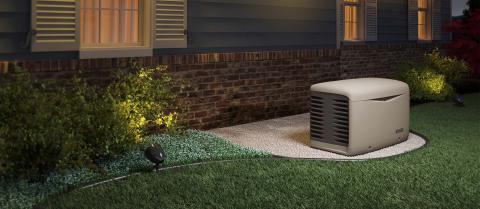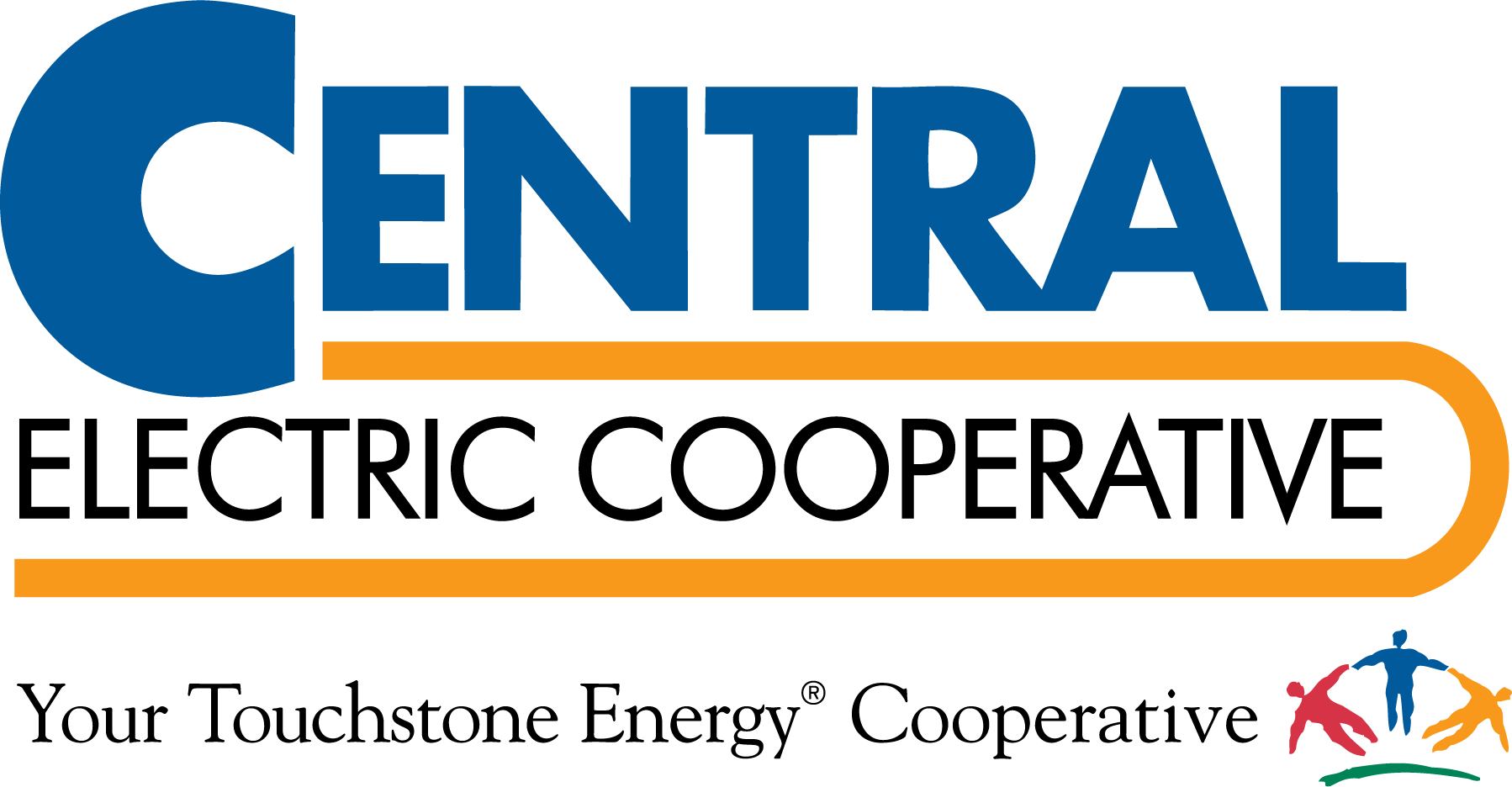
Patrick Soukup, Manager of Member Services & Marketing
When severe storms and natural disasters cause power outages, it can be an inconvenience, or even a problem, to be without electricity. Purchasing a backup generator can help with preparation for such power outages and provide peace of mind. As with all things involving electricity, the incorrect use of generators can create potentially hazardous situations. Our partners at Safe Electricity have outlined essential considerations in purchasing the right generator and safely operating it.
Improper use of a standby or portable generator can lead to injury or even death. It’s important to learn and follow all safety measures to help keep yourself and others safe.
Decide what needs to be powered. What appliances, devices, and equipment are essential? Choose a generator size that can handle the full load of the estimated power required. Keep in mind that it takes more power to turn an appliance on — its surge power — than it does when in continuous operation.
Select the type of generator, either standby or portable. Standby generators are permanently wired into a house by a professional electrician. The installation should include a transfer switch that prevents feeding electricity back into overhead lines, which can be deadly for linemen. These generators are fueled by natural gas or propane from existing gas lines and automatically turn on in the event of a power outage.
A portable generator is typically fueled with diesel or gasoline, which must be regularly refilled. Unlike a standby generator, these must be turned on and off manually, and appliances must be directly plugged into the generator with a suitably rated extension cord.
Be aware of local ordinances. Depending on location, there may be electrical, positioning, or noise codes that must be followed when operating or installing a backup generator. Contact a local electrical contractor or generator dealer to help choose a code-compliant generator.
Once the generator is installed and ready to go, follow these safety guidelines to ensure the safe operation of the backup generator:
Thoroughly read and follow all manufacturer instructions to properly ground the generator before turning it on.
Do not connect portable generators directly to a home’s electrical system. Doing so could re-energize overhead powerlines and endanger the lives of utility linemen working to restore power.
Nothing should be plugged into a portable generator before starting it to prevent a surge from damaging a household appliance.
When running a portable generator, always use properly rated extension cords (length and load) when connecting appliances.
Always operate portable generators in a well-ventilated space to avoid carbon monoxide poisoning and other harmful fumes. Never run a generator indoors.
Generators can pose an electrical risk when operated in wet conditions. Make sure the generator stays dry during operation, and don't touch electrical equipment with wet hands.
Exercise caution around portable generators, which have exposed engine parts that could burn or injure an individual. Keep children and pets away from a running generator. Use care when refueling portable generators to prevent potential fires and spills.
Properly shut down portable generators by turning off and unplugging all appliances and equipment being powered by the generator.
Remember to perform regular maintenance before and after each use. For portable generators, inspect oil and fuel filters, oil level, spark plugs, and fuel quality. Standby generators require less maintenance, but should still be inspected before and after power outages.
For more information about choosing and safely operating a generator, visit SafeElectricity.org or contact Central Electric at 1-800-477-2892.
